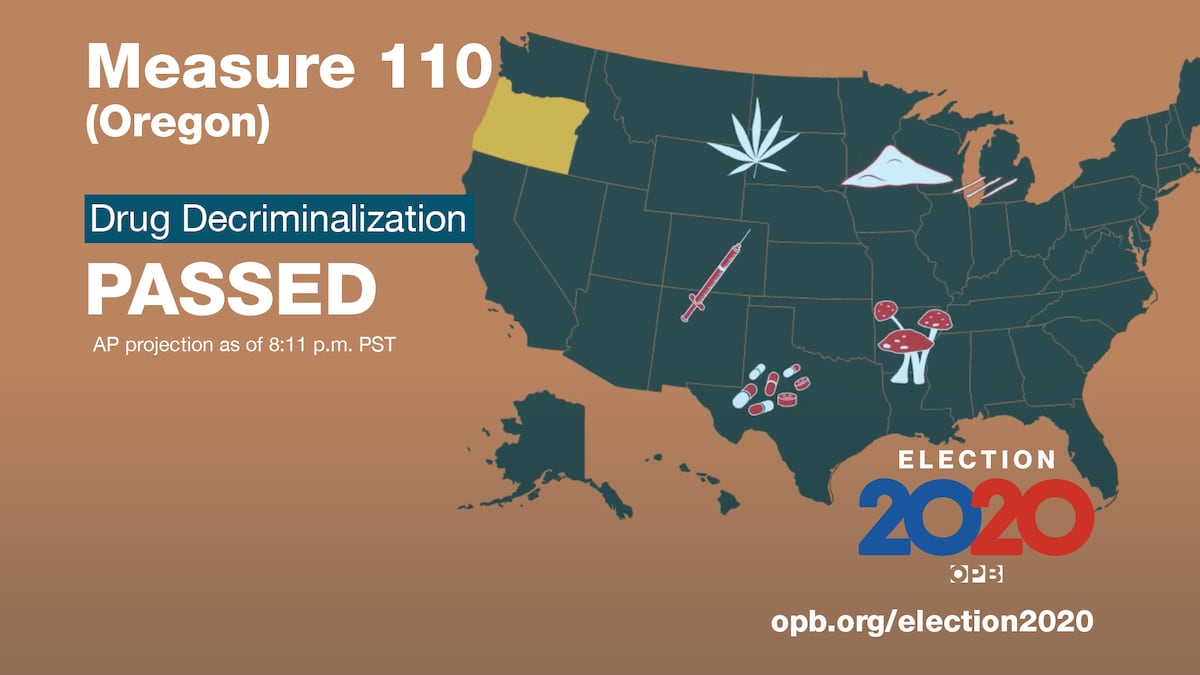- Joined
- Nov 21, 1998
- Messages
- 13,128
- Reaction score
- 7,706
Distinct entity or a distinction without a difference?
"... the guidelines seem to enlarge an addiction category to include many non-addicted legacy patients by the guideline’s criteria for complex persistent opioid dependence (CPOD). The difference between OUD and CPOD are startling. To be diagnosed with CPOD one only has to have the desire to take opioids for pain, without opioid cravings, no compulsive use, and no harmful use, the patient takes opioids “exactly” as prescribed, and has no social disruption other than from experiencing pain. This is an incredible description and includes all model chronic pain patients."
"... the guidelines seem to enlarge an addiction category to include many non-addicted legacy patients by the guideline’s criteria for complex persistent opioid dependence (CPOD). The difference between OUD and CPOD are startling. To be diagnosed with CPOD one only has to have the desire to take opioids for pain, without opioid cravings, no compulsive use, and no harmful use, the patient takes opioids “exactly” as prescribed, and has no social disruption other than from experiencing pain. This is an incredible description and includes all model chronic pain patients."

